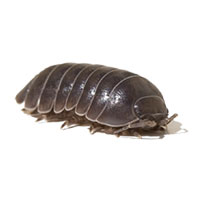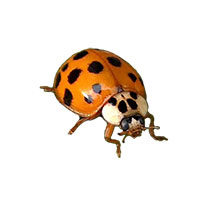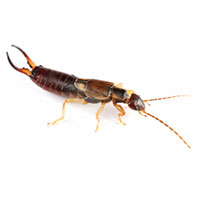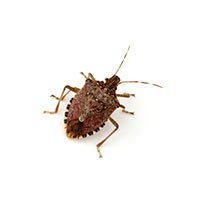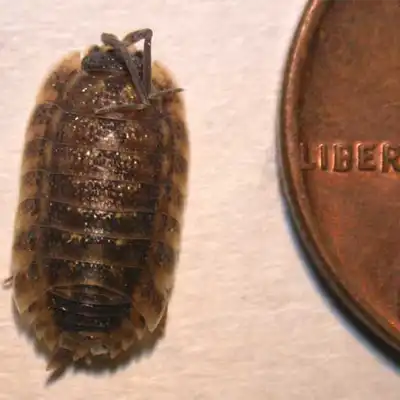
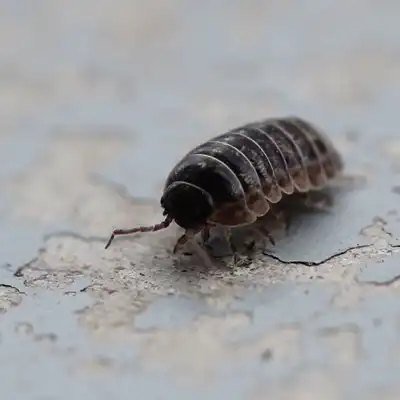
Pillbugs can be distinguished from sowbugs because pillbugs are able to roll up into a ball when alarmed and lack the two prominent tail-like appendages that characterize sowbugs.
Pillbug Diet
Pillbugs mostly eat decomposing vegetation including, vegetables, fruits, plants, grasses, and weeds.
Pillbug Habitat
They are commonly found in moist settings beneath stones, boards, and piles of plant material. If inside, they invade basements and crawlspaces where moisture levels are higher than other places in the home.
Sowbug and Pillbug Life Cycle
Female pillbugs and sowbugs carry their eggs in a “brood pouch”, or marsupium, where the young hatch in about 45 days. There are 24 to 28 eggs in each brood and one to three broods produced each year. The young molt every one to two weeks until they become adults who live for about two years.
Sowbug and Pillbug Prevention
The best course of action to stop pillbugs and sowbugs from entering the home is to take preventative measures. Entry into buildings should be protected by sealing and caulking gaps around siding, windows, doors, pipes, and wires. Large numbers in homes can be controlled by vacuuming.
Sowbug and Pillbug Control
Pillbugs and sowbugs are best controlled by eliminating the moist environment that initially attracts them. Piles of organic matter, dense ground cover near foundations, or ground-level windows, boards, stones, flower pots, firewood, and other materials resting on the ground serve as food sources and harborage areas. They should be removed or modified to reduce the pillbug or sowbug population.
For large-scale pillbug or sowbug infestations, count on a professional pest management service to take care of the problem knowledgeably and successfully.
Need help with Sowbugs or Pillbugs?
We'll call you! Leave your information below.

